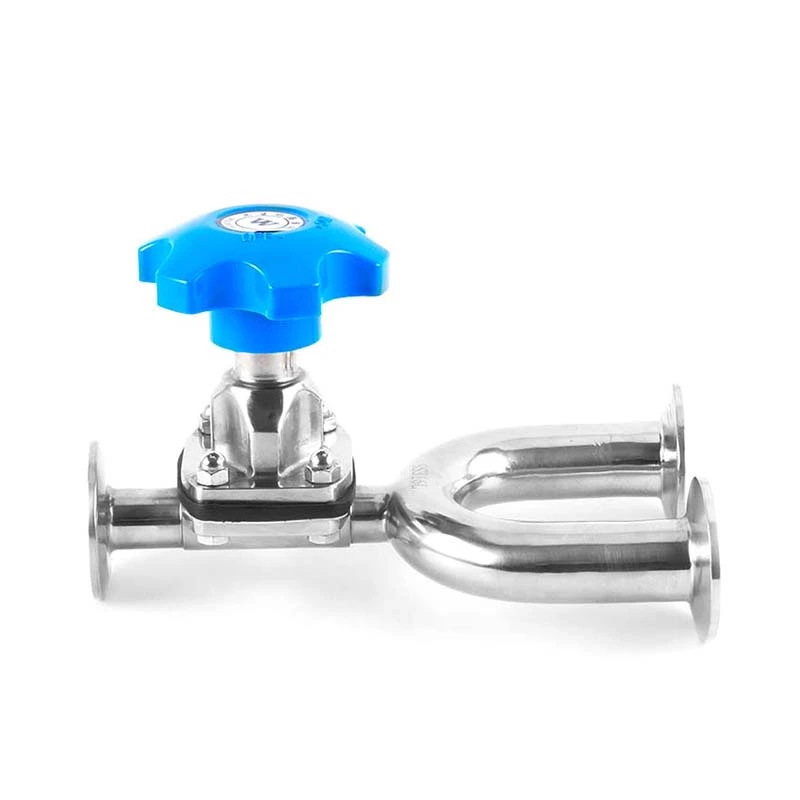Why Does The Sanitary Diaphragm Valve Leak?
Why does Sanitary Diaphragm Valve leak?
Before analyzing the causes of air leakage in sanitary diaphragm valves, we must first understand its basic structure. A flexible diaphragm or a combined diaphragm is installed in the valve body and the valve cover, and its closing part is a compression device connected to the diaphragm. The valve seat can be a weir or a pipe wall of a straight-through flow channel. The advantage of a sanitary diaphragm valve is that its operating mechanism is separated from the medium passage, which not only ensures the purity of the working medium, but also prevents the possibility of the medium in the pipeline impacting the working parts of the operating mechanism.
The sanitary diaphragm valve is one of the cleaning components of the pulse bag dust collector. It is the compressed air "switch" of the pulse bag dust collector cleaning and blowing system, and is directly related to the dust removal effect of the dust removal equipment.
The reasons for air leakage in sanitary diaphragm valves are as follows:
1. Damage to the diaphragm of the diaphragm valve.
2. The gasket of the diaphragm of the diaphragm valve cannot fit tightly with the end face of the air outlet, resulting in air leakage in the solenoid valve.
3. For submerged diaphragm valves, if there is a hole in the nozzle in the air bag, the compressed air will leak directly into the blowing pipe without passing through the diaphragm valve.
4. The diaphragm of the diaphragm valve itself is of poor quality.
5. Fatigue damage caused by the long working cycle of the diaphragm valve.
The life test method of the electric device of the sanitary diaphragm valve is as follows:
1. Install the electric device to be tested on the test bench and adjust the load as required. During the test, the electric device should not have any faults or mechanical damage.
2. The change of the operating efficiency of the whole machine is measured according to the following method: install the electric device on the torque test bench, add a torque sensor between the motor and the motor shaft wheel, and measure the input torque and output torque of the electric device in the opening and closing directions before and after the test respectively; calculate the operating efficiency according to the following formula, operating efficiency = output torque of the electric device/(output torque of the motor*transmission ratio)*100%; the difference in operating efficiency before and after the test should not exceed the provisions of 4-6.
3. The change of the output torque of the electric device should be measured at three different torque switch positions of opening and closing to obtain the output torque values before and after the test.
4. The position control accuracy is achieved by measuring the difference between the change of the valve stem opening position before and after the test and the wear of the valve stem nut, and its value should not exceed the specified range.
